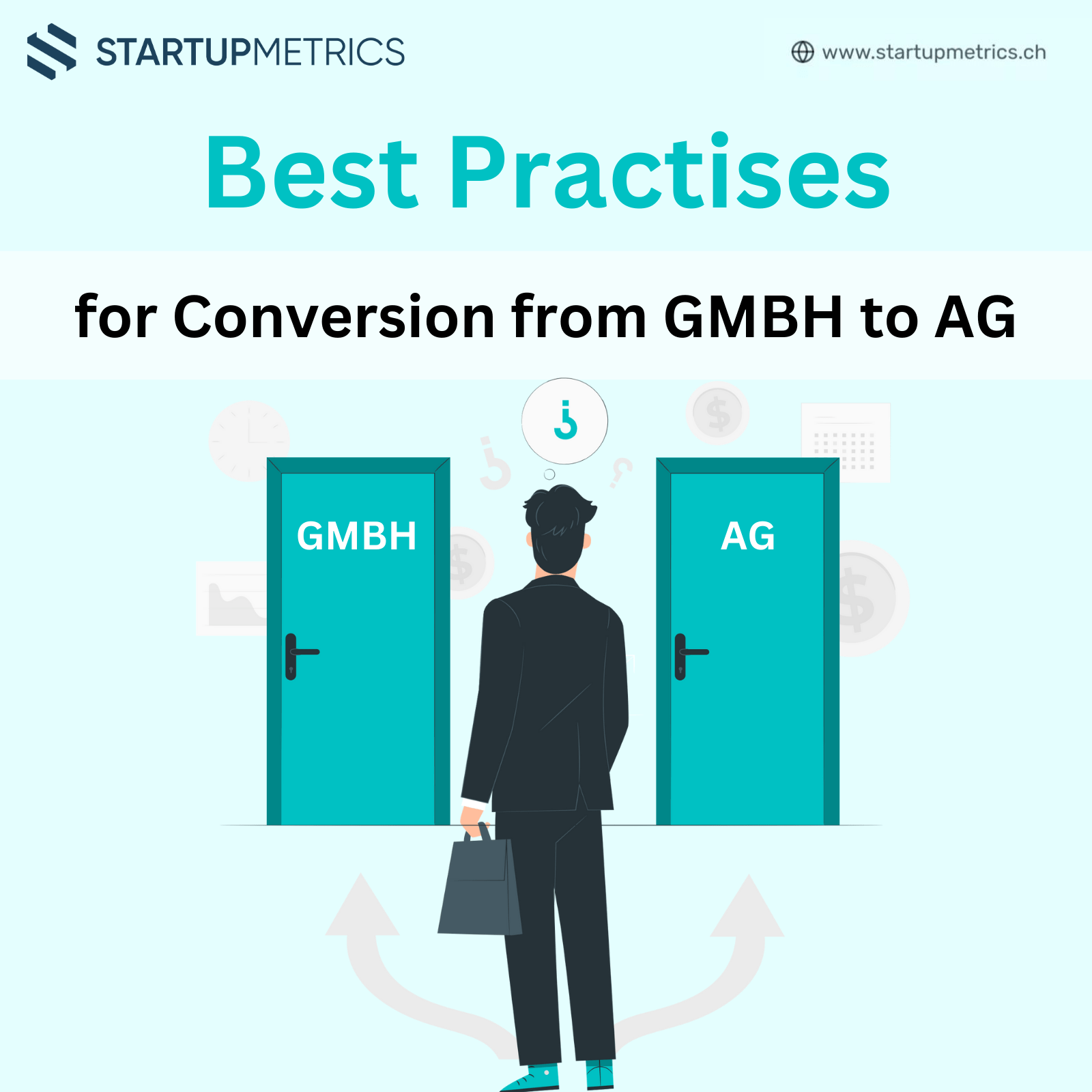
Best Practices for Converting a GmbH into an AG in Switzerland
Converting a Gesellschaft mit beschränkter Haftung (GmbH) into an Aktiengesellschaft (AG) is a significant step for businesses looking to enhance…
Liquidity is the lifeblood of any business. It ensures that your company can meet its immediate obligations, invest in growth opportunities, and navigate through financial challenges. When we help our clients boost their liquidity, the reaction is often one of excitement—akin to getting a cool breeze on a hot day. However, while enhanced liquidity opens doors to new possibilities, it’s essential to spend wisely and consider crucial financial metrics such as Customer Acquisition Cost (CAC) and Customer Lifetime Value (CLV).
In this blog, we’ll delve into the importance of liquidity, the strategies to boost it, and how to align increased liquidity with smart financial management practices.
Liquidity refers to a company’s ability to convert its assets into cash quickly and efficiently. High liquidity means a business can easily meet its short-term obligations without disrupting its operations. Conversely, low liquidity can lead to cash flow problems, hindering a company’s ability to pay bills, invest in opportunities, or handle unexpected expenses.
Boosting liquidity involves enhancing a company’s cash flow and ensuring that sufficient funds are available to meet immediate and future obligations. Here are some effective strategies:
Cash flow management is the foundation of liquidity. By closely monitoring and managing cash inflows and outflows, businesses can maintain a healthy cash balance. Consider implementing the following:
Diversifying and increasing revenue streams can significantly improve liquidity. Consider expanding your product or service offerings, entering new markets, or increasing sales through targeted marketing campaigns. This approach not only boosts liquidity but also strengthens the business’s overall financial health.
Cutting costs without compromising quality or service is another way to improve liquidity. Conduct a thorough review of all business expenses and identify areas where costs can be reduced. This could include renegotiating contracts, reducing overhead costs, or eliminating non-essential expenditures.
Selling non-core or underutilized assets can generate cash quickly, boosting liquidity. This strategy is particularly useful for companies with significant amounts of tied-up capital in non-productive assets.
Encourage customers to pay upfront for goods or services. This not only boosts immediate cash flow but also reduces the risk of bad debts. For example, offering annual payment options for SaaS contracts can significantly improve liquidity.
While boosting liquidity is vital, it’s equally important to ensure that any additional funds are spent wisely. This is where financial metrics like Customer Acquisition Cost (CAC) and Customer Lifetime Value (CLV) come into play.
CAC represents the total cost of acquiring a new customer, including marketing, sales, and other related expenses. It’s a critical metric for understanding the efficiency of your customer acquisition efforts. A high CAC may indicate that you’re spending too much to acquire each customer, which can strain your liquidity.
Key Considerations for Managing CAC:
CLV measures the total revenue a business can expect from a single customer over the course of their relationship. A higher CLV means that each customer contributes more to your revenue, making them more valuable to your business. Understanding and maximizing CLV is crucial for making informed decisions about customer acquisition and retention strategies.
Key Considerations for Enhancing CLV:
Boosting liquidity is only the first step. The true challenge lies in aligning increased liquidity with strategic financial management. By carefully analyzing and managing CAC and CLV, businesses can ensure that their liquidity is used effectively to drive growth and profitability.
With enhanced liquidity, businesses have the opportunity to invest in growth initiatives. However, it’s essential to prioritize investments that offer the highest returns. Use CAC and CLV to identify the most profitable customer segments and allocate resources accordingly.
Liquidity provides the flexibility to meet short-term obligations while investing in long-term growth. Striking the right balance between these objectives is crucial for sustainable success. Ensure that liquidity is used to not only cover immediate expenses but also to invest in initiatives that will drive long-term profitability.
Liquidity management is an ongoing process. Regularly monitor your cash flow, CAC, and CLV to ensure that your financial strategies remain aligned with your business goals. Adjust your approach as needed to respond to changes in the market or your business environment.
Boosting liquidity is like getting a cool breeze on a hot day—it provides immediate relief and opens up new possibilities. However, to truly capitalize on enhanced liquidity, businesses must spend wisely by factoring in key financial metrics like CAC and CLV. By aligning liquidity management with strategic financial planning, businesses can ensure sustainable growth, profitability, and long-term success.